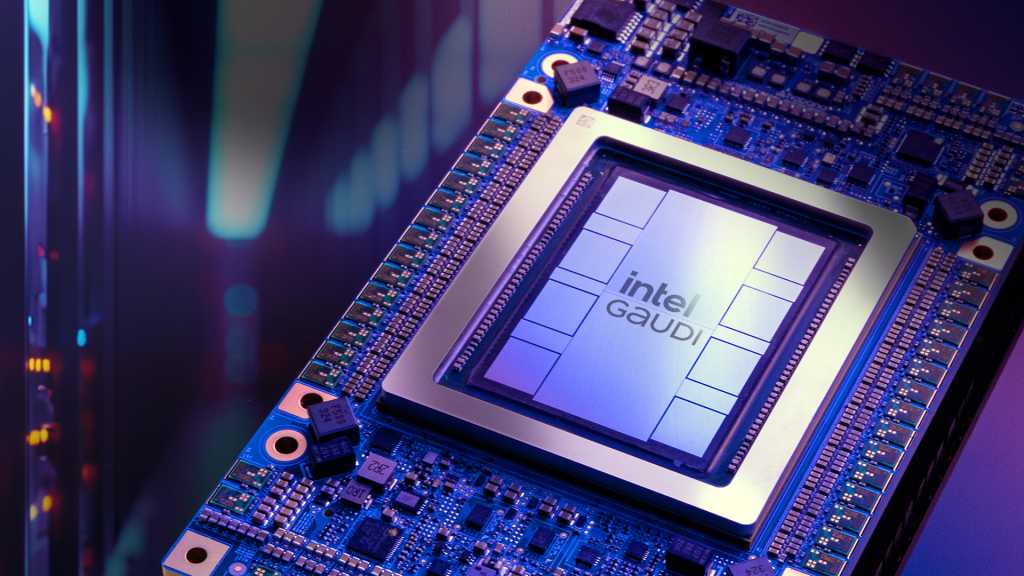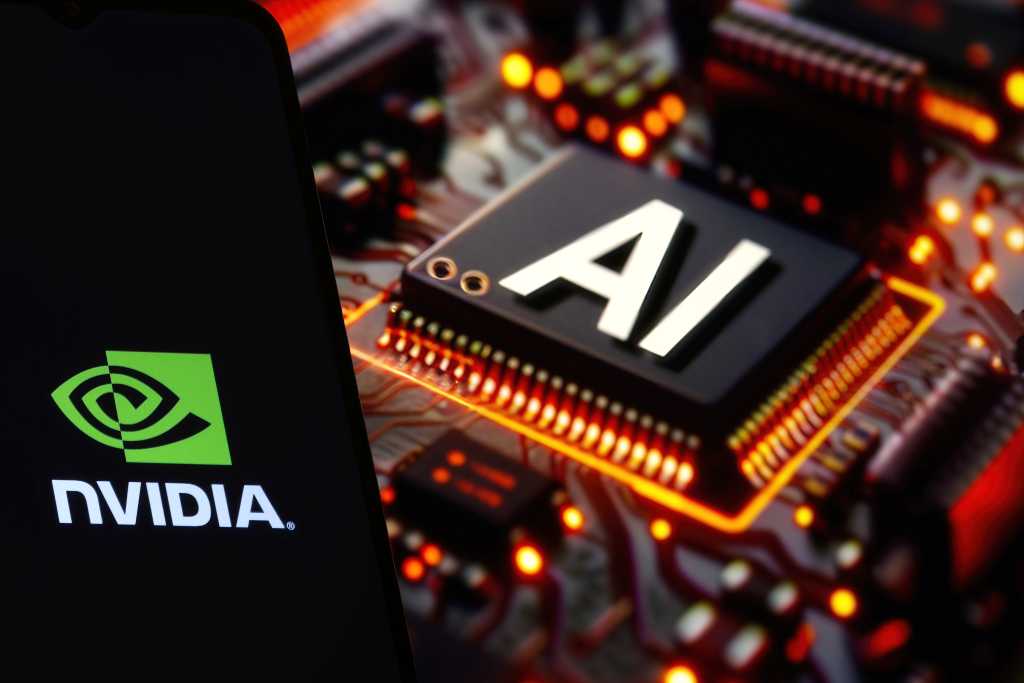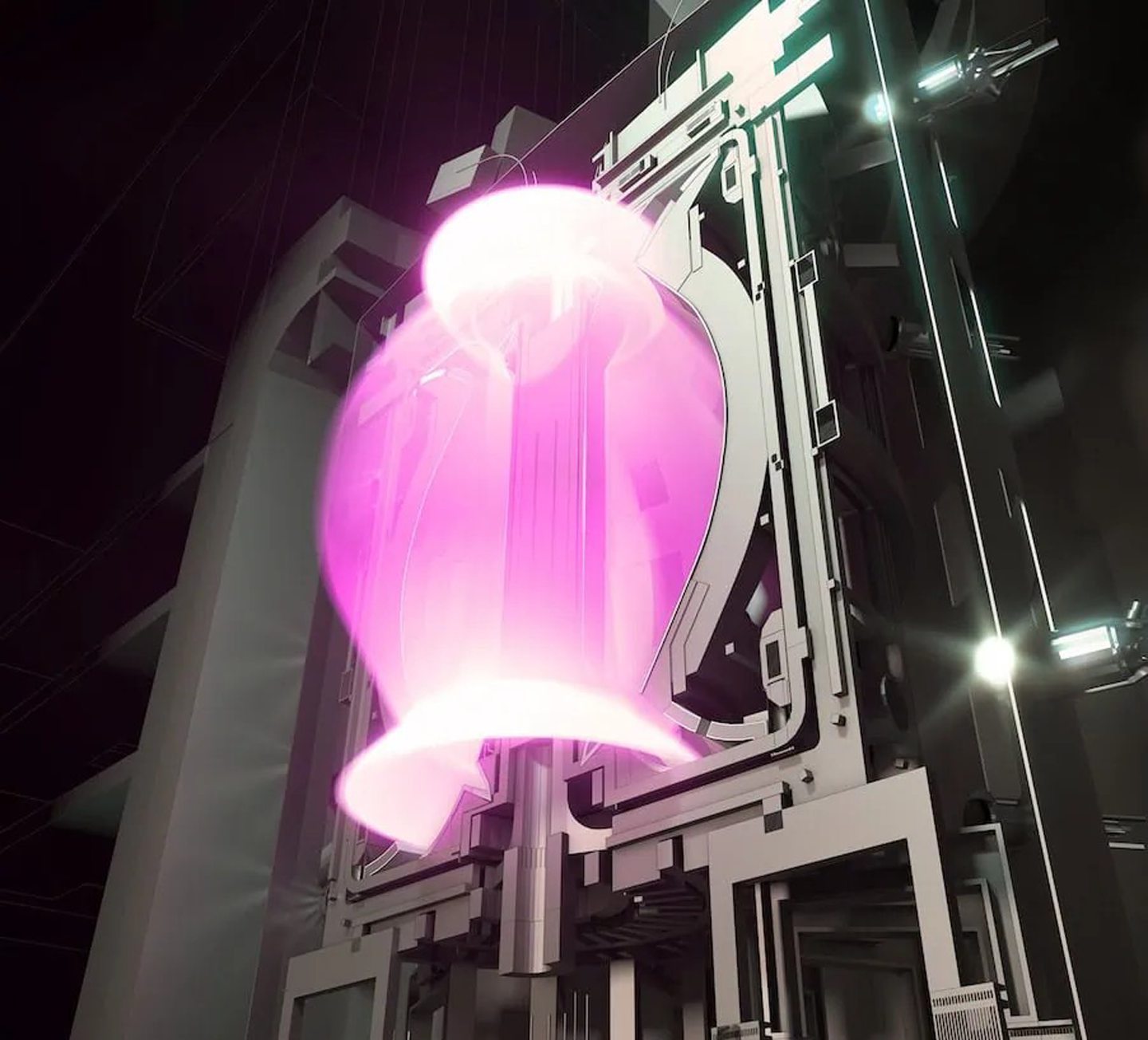This is today’s edition of The Download, our weekday newsletter that provides a daily dose of what’s going on in the world of technology.
Brain-computer interfaces face a critical test
Brain computer interfaces (BCIs) are electrodes put in paralyzed people’s brains so they can use imagined movements to send commands from their neurons through a wire, or via radio, to a computer. In this way, they can control a computer cursor or, in few cases, produce speech.
Recently, this field has taken some strides toward real practical applications. About 25 clinical trials of BCI implants are currently underway. And this year MIT Technology Review readers have selected these brain-computer interfaces as their addition to our annual list of 10 Breakthrough Technologies. Read the full story.
—Antonio Regalado
How do you teach an AI model to give therapy?
—James O’Donnell
On March 27, the results of the first clinical trial for a generative AI therapy bot were published, and they showed that people in the trial who had depression or anxiety or were at risk for eating disorders benefited from chatting with a bot.
I was surprised by those results. There are lots of reasons to be skeptical that an AI model trained to provide therapy is the solution for millions of people experiencing a mental health crisis. But their findings suggest that the right selection of training data is vital. Read the full story.
This story originally appeared in The Algorithm, our weekly newsletter on AI. To get stories like this in your inbox first, sign up here.
The must-reads
I’ve combed the internet to find you today’s most fun/important/scary/fascinating stories about technology.
1 Tech companies are warning their immigrant workers not to leave the US
Employees on high-skilled visas could be denied entry back into the States. (WP $)
+ Officials are considering collecting citizenship applicants’ social media data. (Associated Press)
2 OpenAI has closed one of the largest private funding rounds in history
It plans to put the $40 billion cash injection towards building AGI. (The Guardian)
+ The deal values OpenAI at a whopping $300 billion. (CNBC)
+ The company also teased its first open-weight model in years. (Insider $)
3 SpaceX has launched a mission that’s never been attempted before
It’s taking private customers on an orbit between Earth’s North and South poles. (CNN)
+ Crypto billionaire Chun Wang is footing the bill for the mission. (Reuters)
+ Europe is finally getting serious about commercial rockets. (MIT Technology Review)
4 Some DOGE workers are returning to their old jobs
They’re quietly heading back to their roles at X and SpaceX. (The Information $)+ Top staff were placed on leave after denying DOGE access to their systems. (Wired $)
+ Can AI help DOGE slash government budgets? It’s complex. (MIT Technology Review)
5 Amazon is going all-in on AI agents
Its new AI model Nova Act is designed to complete tasks such as online shopping. (The Verge)
+ Why handing over total control to AI agents would be a huge mistake. (MIT Technology Review)
6 DeepMind is making it harder for its researchers to publish studies
It’s reluctant to share innovations that rivals could capitalize on. (FT $)
7 Meet the protestors staking out Tesla dealerships
Professors and attorneys have taken to the streets to fight back. (New Yorker $)
+ Far-right extremists are turning up to defend the company. (Wired $)
8 TikTok’s hottest topic? Tariffs
Content creators are eager to explain what tariffs are to confused audiences. (WSJ $)
+ Donald Trump is threatening to instigate a new range of tariffs this week. (NY Mag $)
+ How Trump’s tariffs could drive up the cost of batteries, EVs, and more. (MIT Technology Review)
9 Not everyone can look as cool as Nvidia’s Jensen Huang
His image has been co-opted to promote knockoff leather jackets. (404 Media)
10 Microsoft has killed off its Blue Screen of Death
Goodnight, sweet prince. (Vice)
Quote of the day
“I think that it is one of the most beautiful spaces on the internet for someone to figure out who they are.”
—Amanda Brennan, an internet librarian who worked at Tumblr for seven years, is not surprised by the influx of younger users flocking to her former workplace, Insider reports.
The big story
The quest to protect farmworkers from extreme heat

October 2024
On July 21, 2024, temperatures soared in many parts of the world, breaking the record for the hottest day ever recorded on the planet.
The following day—July 22—the record was broken again.
But even as the heat index rises each summer, the people working outdoors to pick fruits, vegetables, and flowers have to keep laboring.
The consequences can be severe, leading to illnesses such as heat exhaustion, heatstroke and even acute kidney injury.
Now, researchers are developing an innovative sensor that tracks multiple vital signs with a goal of anticipating when a worker is at risk of developing heat illness and issuing an alert. If widely adopted and consistently used, it could represent a way to make workers safer on farms even without significant heat protections. Read the full story.
—Kalena Thomhave
We can still have nice things
A place for comfort, fun and distraction to brighten up your day. (Got any ideas? Drop me a line or skeet ’em at me.)
+ Mescal! Dickinson! Quinn! Keoghan! I’m very excited for the forthcoming Beatles biopics, even if we have to wait three years.
+ How to cook a delicious-looking basque cheesecake.
+ TikTokers have taken to rubbing banana peel on their faces: but does it actually do anything?
+ Spring has barely sprung, but fashion is already looking towards fall.





















